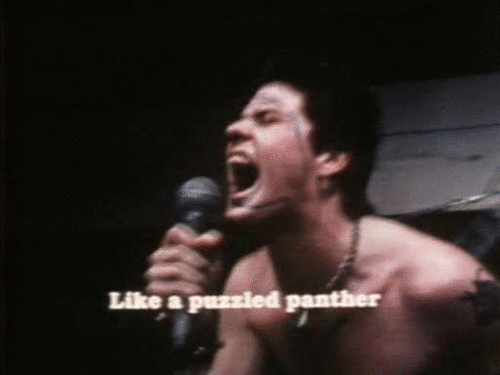
“The white race is the cancer of human history; it is the white race and it alone –its ideologies and inventions –which eradicates autonomous civilizations wherever it spreads, which has upset the ecological balance of the planet, which now threatens the very existence of of life itself.” So wrote Susan Sontag in 1966 in a “Partisan Review” that was part of that issue of the publication’s special feature “What’s Happening in America.” So incendiary are her words that 53 years later one can be sent to “Facebook Jail” and banned from posting on it for a week for merely quoting her words.
—- Sontag “walked it back” in the 1980’s.Not because she’d changed her opinion about America’s racism, but because haveing contracted cancer (which eventually took her life in 2004 at 71 years of age) she felt that using the disease “as metaphor” was far too glib. Perhaps. But speaking as an African-American it’s impossible to convey how much her initial salvo warmed me. I keenly recall an afternoon when I was 10 when waiting for Catechism class to begin at “St Ann’s School” in Flushing Queens, a student who I’d never so much as spoken to before walked up and began berating me “You’re Nigger! A Nigger!” I was totally astonished, not only by the violence with which this epithet was flung at me but the enormous pleasure its perpetrator was getting from screaming it.
—- Racism has always been a mystery to me. People “look differently” the world over but we’re at heart exactly the same — wanting life and love, with most opposed to causing others pain and suffering. Those who felt that way were to be shunned. But surely not anyone else. And what was “race” anyway. The majority of people in the world I grew up in were white. So-called “minorities” were Black (like me), “Oriental.” or “Asian.” So what? The seemingly irrational hatred whites hold for non-white speaks of a fear Sontag in her hair-raising essay identified quite keenly. “Americans know their backs are against the wall: “they” want to take all that away from ‘us.’ And, I think, America deserves to have it taken away.”
—- It’s in this context one finds Stephen Miller, the Trump administratio adviser who thanks to what the New York Times has recenty been exposed via “A batch of leaked emails obtained by a civil rights advocacy group” The Southern Poverty Law Center, ” showing Miller to have “promoted theories popular with white nationalist groups to an editor at a prominent conservative publication before he joined the administration. ” The Times article goes on to assert that “Mr. Miller tried to shape news coverage [of the adminstration’s policy of Latino immigrant imprisonment and child separation] with material he found on at least one website that espouses white nationalist viewpoints, including fringe theories that people of color are trying to engage in “white genocide”.
—- Crackpot “theories” promoting the supposed superiority of the white “race”are no new thing. But they have come to enter the cultural blood system quite sharply in recent years as it has become apparent that the “White Majority” is fast becoming a minority. The L.A. punk rock group “Black Flag” sang about this:
“We’re gonna be a white minority
We won’t listen to the majority
We’re gonna feel inferiority
We’re gonna be white minority
White pride
You’re an American
I’m gonna hide
Anywhere I can
Gonna be a white minority
We don’t believe there’s a possibility
Well you just wait and see
We’re gonna be white minority
White pride ”
—- Whether such racist preening was sincere or “ironic” has been subject to debate ever since the group’s 80’s heyday. But “White Minority” might well be Stephen Miller’s theme song. being that he’s the White House adviser chiefly responsible for Trump’s”family separation” policy in which Latino immigrants seeking freedom from opression in their own countries have discovered that by crossing the border into America “illegally” they have “gone from the frying pan into the fire” — thrown into prison without trial or any hope of release while their children have been put into ” Foster Care” or often as not sold outright to select whites as Latino chattel.
—- Such racist undertakings are scarcely new. The Unites States of America was created by genocide — the slaughter of its native population, referred to for some reason as “Indians.” Slavery of Africans — kidnapped and shipped from their homeland to America for free labor was a natural next step. A war was fought, slavery was ended, “Indians” were granted “tribal lands” but racial injustice persists. It’s a wonder I can stand white people at all. But as Rado and Ragni’s song from “Hair” says —
“White boys are so pretty
Skin as smooth as milk
White boys are so pretty
Hair like Chinese silk
White boys give me goose bumps
White boys give me chills
When they touch my shoulder
That’s the touch that kills
Well, my momma calls ’em lilies
I call ’em Piccadillies
My daddy warns me stay away
I say come on out and play ”
—- The prettiest of them all was a guy I knew from my gym-going days. I never learned his name even though we chatted frequently and flirted shamelssly. He was about six-feet tall, large-boned and muscular with an overall softness suggestive of a luxury dessert — a white chocolate cake of a man so to speak. He sported nipple ring and a “Prince Albert” which on others might have seemed “over the top” but for him were just right. For one reason or another we never managed to “get it on” which I deeply regret. It’s been decades now and I have no idea whatever became of him. I hope he’s still among viable carbon-based life forms. The image he left on what Lacan calls the “Mystic Writing-Pad” of my mind evokes the end of Edgar Allan Poe’s only novel. a fantastic series of “unreal” south seas adventures entitled The Narrative of Arthur Gordon Pym.
—- “March 22nd — The darkness had materially increased relieved only by the glare of the water thrown back from the white curtain before us. Many gigantic and pallidly white birds flew continuousy nowfrom beyond the veil, and their scream was the eternal Tekeli-li as they retreated from our vvision. Hereuppon Nu-Nu stirred in the bottom of the boat, but upon touching him, we found his spirit departed. And now we rushed into the mebraces of the cataract, where a chasm threw itself open to receive us. But there arose on our pathway, a shrouded human figure, very far larger in its proportions than any dweller among men. And the hue of the skin of the figure was of the perfect whiteness of the snow.”
—- That was as I recall him, But well before me or him, Poe’s evocation of “White” inspired Herman Melville’s “White Whale” Moby-Dick, and Stephane Mallarme’s white page across which he composed his poetic masterpiece Un coup des des jamais n’abolira le hasard which ends with “Toute Pensee emt un Coup des des” — “Every thought is a throw of the dice.” And indeed it is, be it “white” or . . . otherwise.
*
p.s. Hey. This weekend the blog has the great pleasure of hosting this new and previously unseen chapter from David Ehrenstein’s forthcoming memoir Raised by Handpuppets. It is, in classic David fashion, thoughtful, provocative, and razor sharp. I hope you will devote the local portion of your Saturday and/or Sunday to reading and letting it sink in, and, of course, to penning a comment or part of one of whatever sort in David’s direction to let him know you were here and squared away by his gift. Thanks a lot! And, naturally, thanks maximised to you, David. ** David Ehrenstein, Thank you so much for the weekend ‘in person’. I’ll go spend some time with that early Scorcese thanks (again) to you. ** rigby, Hey, Rigster! Delays are part and parcel of this blog’s curious build, no problem. Thanks for filling me in re: you and nature. Focusing … I get that, yeah. It’s certainly way true that being in LA leads one, lead me, to doing nature with hugely more frequency than being here or NYC or Amsterdam allows/allowed or encourages. A lot my experiences being desert-based, but I grew up and later lived most of my LA time in the foothills of mountains, easily bikeable as a kid and a few minutes stroll from where my current, home away from home pad is in Los Feliz. So the non-city was very present, so much so that it was less an escape than sort of an integral part of the day-to-day of life in LA. Antarctica was completely mind blowing. Granted, we were on a ship the majority of the time with daily visits to land itself, but it was an unparalleled thing to be there. If you can go, and it’s pricey, and the ship trip to and fro is hellishly seasickness filled, it’ll do something big to you. LSD-like. But then nature is infused in my head with LSD or mushrooms or etc. since I took a lot of hallucinogens whilst I was out there. All of which is I guess to say, yeah, I totally get what you’re into in that regard, I think. Big best to you, pal! ** Kat, Hi! Me too, about hardly being able to wait and see what we three come up with. Fucking money raising is such a drag. It’s the one thing about filmmaking that I dislike. Writing a novel costs nothing. Well, other than a bit of an electricity bill and printer ink and paper. I listened to a couple of your tracks yesterday before I got pulled into the maelstrom of a work mess, and I was fascinated by them, and I’m going to listen to a ton more this weekend. Big congrats and respect, maestro! Ah, I see, gotcha, about the needed new approach for performing. Peter Rehberg talks about that a lot. He even bought a whole bunch of old analog electronic things and hooked them into his laptop, and now he performs with this giant arsenal of new and old stuff to make his gigs work the way they need to. Have a swell weekend! ** _Black_Acrylic, Your UK politics is kind of unavoidable even over here if one attaches oneself to the news in even a mild respect. Scary. I watched that Deller thing. Very nice. As it were. Enjoy your Xmas meal. Wish your dad happy Xmas for me. He seemed like a really great guy when I got to meet him briefly in Glasgow. ** Steve Erickson, You saw ‘Barbara’. I was assuming it wouldn’t reach outside France at all given that the smallest handful of non-French human beings have ever heard of her. Yeah, we’re excited about Adele being our star. As you’ve probably read, she’s going through a big media stalking firestorm over here right now due to her having called out a director who molested her when young. But she’s managing to hang in there. Good luck both with the MP3 being successful in and of itself and with the scheduling issues re: the voice actor. ** Okay. You already know what your DC’s weekend involves, so please be involved. See you on Monday.

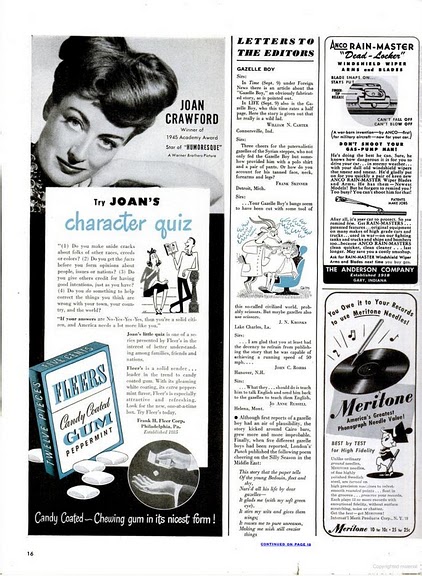




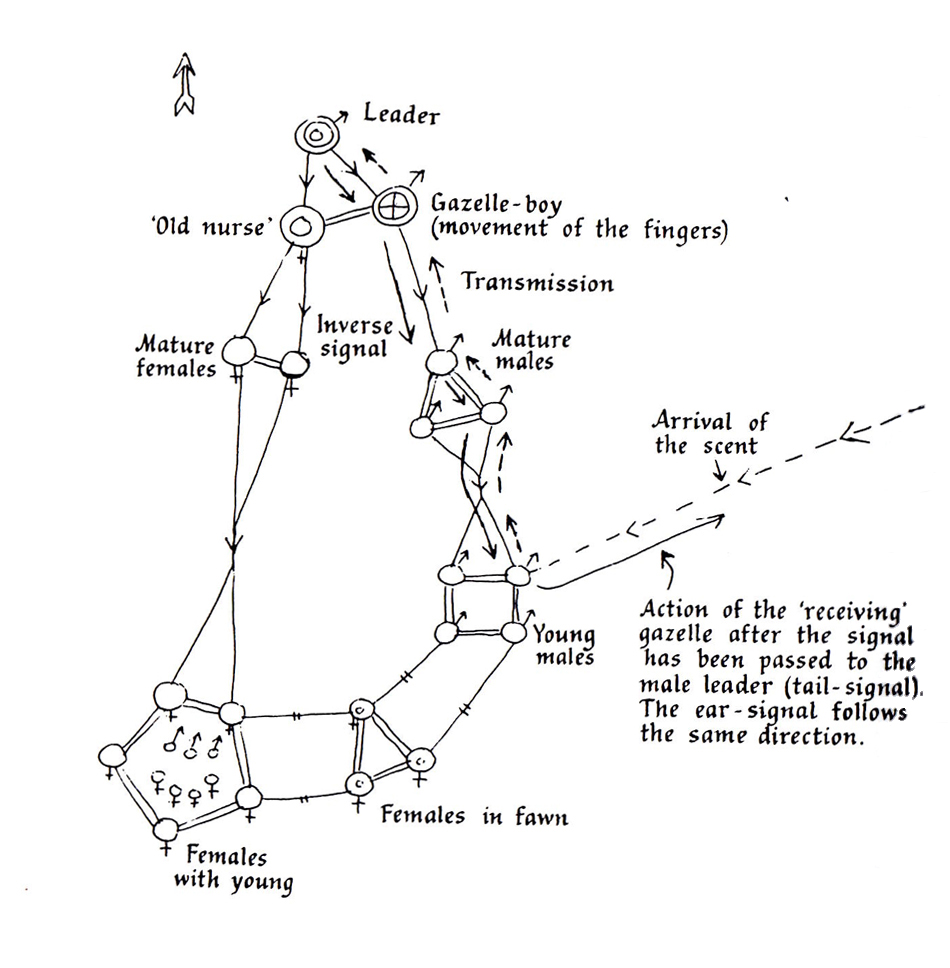
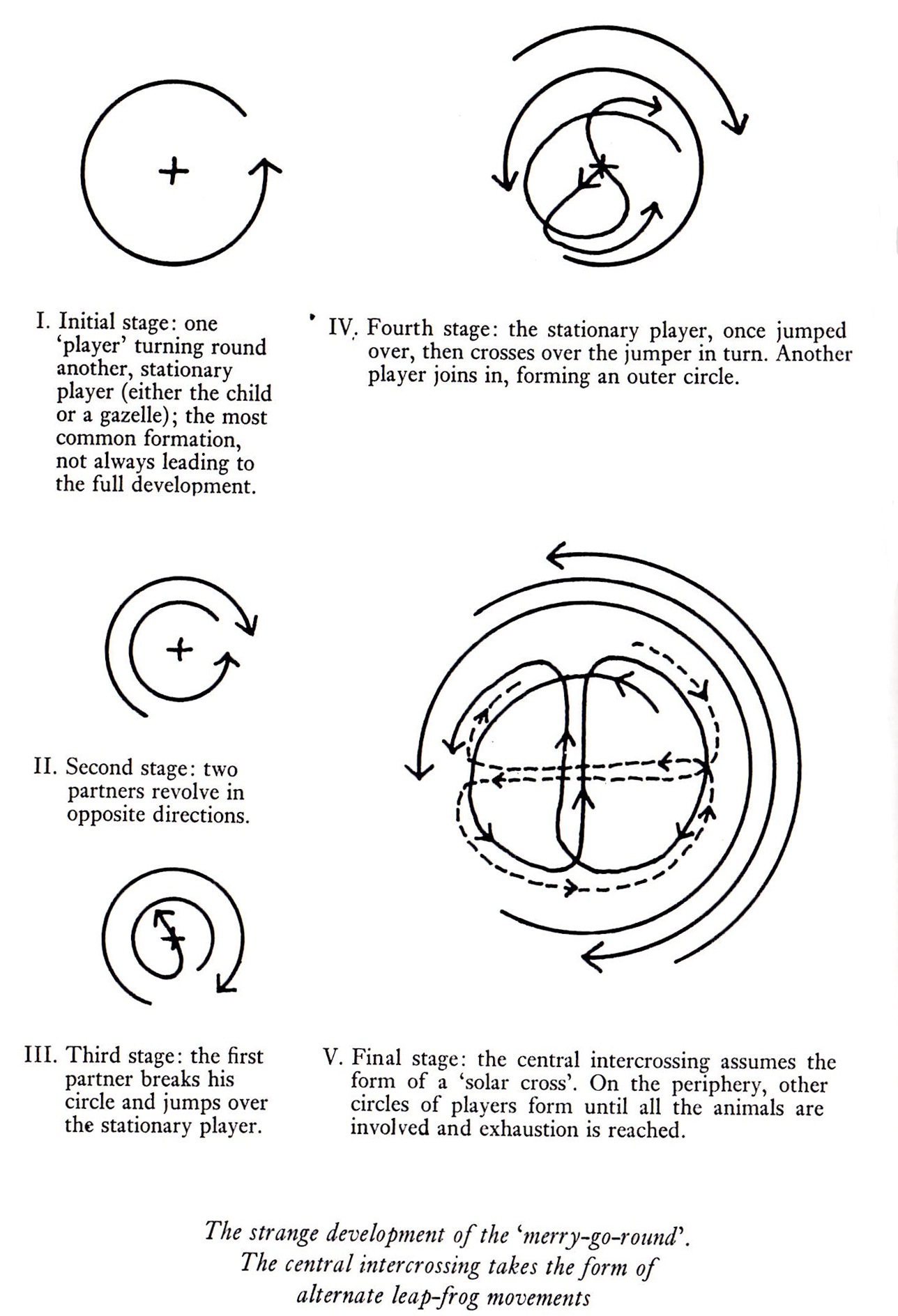
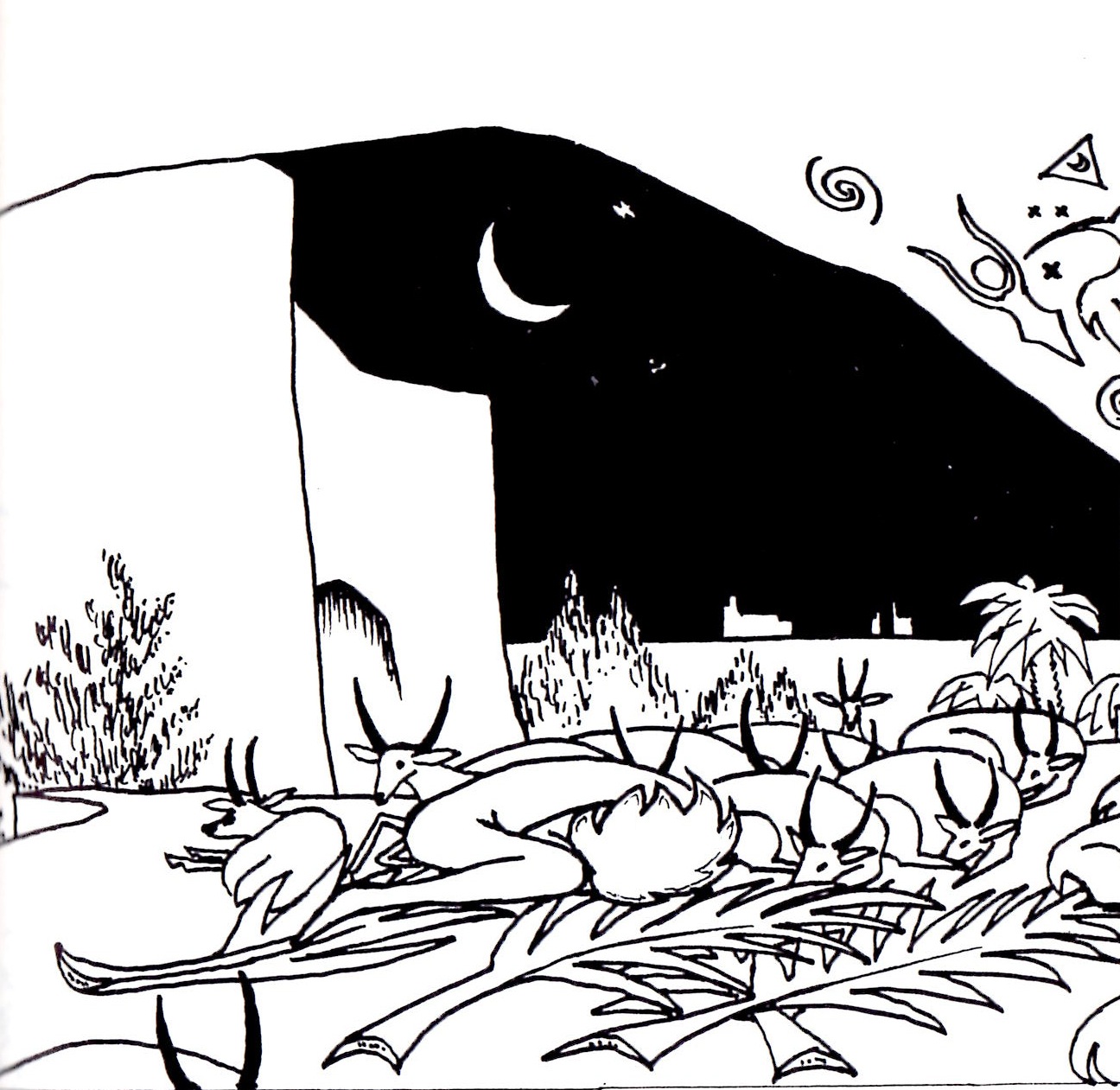

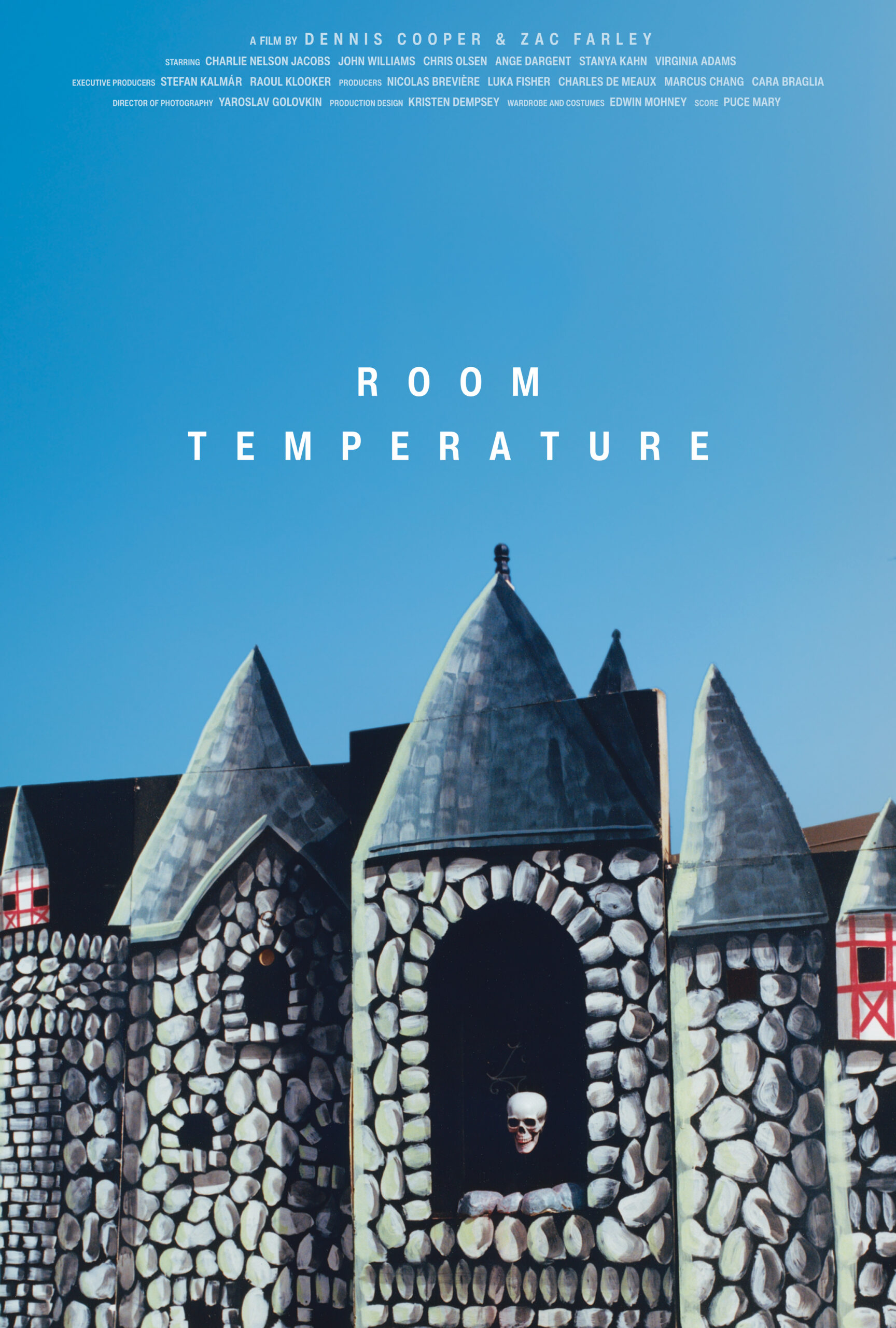



 Now available in North America
Now available in North America 